Bridal Lehenga Style Guide: Latest Trends, Expert Tips & Forever Fashion
A wedding is not just a ceremony—it’s a story, a celebration, and the beginning of a beautiful forever. At the heart of this momentous day is the bride, and her attire is often the most cherished element. From cultural richness to modern elegance, bride clothing reflects her identity, dreams, and emotions.
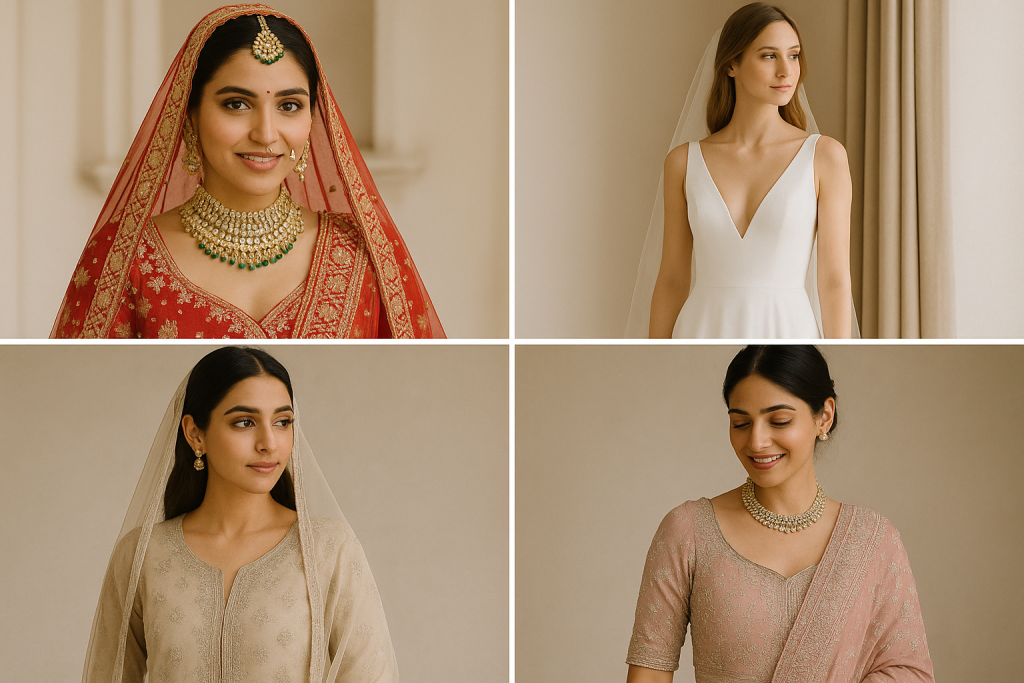
Let’s dive into everything you need to know about choosing the perfect bridal outfit—from traditional silhouettes to modern bridal trends and everything in between.
1. The Essence of Bride Clothing
Bridal clothing isn’t just about fashion—it’s about tradition, emotion, and making a statement. Whether it’s a shimmering lehenga, a graceful saree, an ivory white gown, or a minimal ivory sharara, the bride’s attire becomes the centerpiece of the wedding.
Bride clothing reflects:
- Personal style
- Cultural background
- Family heritage
- Emotional connection
2. Traditional Bride Clothing Around the World
India: Rich in tradition, Indian brides often wear bright, heavily embellished sarees or lehengas in red, maroon, or gold. States like Punjab, Gujarat, and Bengal have their own distinct bridal styles.
China: Brides traditionally wear red qipao or cheongsam to symbolize luck and happiness.
Japan: Japanese brides may don a traditional shiromuku kimono for the ceremony.
Western Countries: The classic white gown, popularized by Queen Victoria, remains a staple in Western weddings, symbolizing purity and elegance.
3. Trending Bridal Outfit Styles (2025 Edition)
Fashion evolves, and so does bridal wear. Here are the latest trends redefining bride clothing in 2025:
- Modern Pastels: Soft hues like blush, lavender, sage, and powder blue are replacing traditional reds and whites.
- Fusion Wear: Indo-western bridal gowns with embroidery or sarees paired with capes and jackets.
- Minimalist Elegance: Simple silhouettes, clean cuts, and less embellishment for a classy, timeless appeal.
- Sustainable Bridal Wear: Eco-conscious brides are opting for outfits made from organic fabrics and ethical production practices.
- Custom Embroidery: Brides are getting initials, love quotes, or wedding dates embroidered into their attire—making the outfit truly personal.
4. Fabric Matters: Feel as Good as You Look
The right fabric makes all the difference. Consider the climate, comfort, and overall look:
- Silk: Classic, luxurious, and traditional.
- Georgette/Chiffon: Lightweight and flowy, perfect for summer weddings.
- Velvet: Rich and royal, best for winter weddings.
- Net/Tulle: Gives volume and a dreamy, fairy-tale look.
- Organza: A crisp, semi-sheer fabric ideal for layering and volume.
5. Personalizing Your Bridal Look
To make your bridal outfit more “you,” consider these custom elements:
- Color customization
- Personalized embroidery
- Family heirlooms like a dupatta, jewelry, or belt
- Mixing cultural elements if it’s an interfaith wedding
6. Accessories to Complete the Bridal Look
The outfit isn’t complete without the right accessories. Some essentials include:
- Jewelry: From traditional Kundan and Polki to modern diamond sets.
- Veils & Dupattas: Often used to add tradition and grace.
- Footwear: Comfortable yet stylish. Many brides opt for embroidered juttis or designer heels.
- Hair Accessories: Maang tikka, passa, floral buns, or bejeweled crowns.
- Clutch or Potli Bags: Small yet elegant pieces that blend with the outfit.
7. Tips for Bride Clothing Shopping
- Start early: Give yourself 4–6 months before the wedding.
- Fix a budget: Outfits can get expensive—set limits beforehand.
- Do trial fittings: Ensure the fit is perfect and comfortable.
- Research designers & boutiques: Explore Instagram, Pinterest, and bridal magazines.
- Consider function: You might need separate outfits for different functions—haldi, mehendi, sangeet, reception, etc.
8. Bridal Outfit Ideas for Different Ceremonies
- Haldi: Lightweight yellow floral lehenga or a sharara.
- Mehendi: Playful green or multicolored attire with comfortable fabrics.
- Sangeet: Glamorous gowns, lehengas with sequins, or Indo-western styles.
- Wedding: The main bridal outfit—traditional, regal, and heavily embellished.
- Reception: Glamorous saree or modern bridal gown.
9. Emotional Touch: Passing the Outfit to the Next Generation
Many brides today are choosing timeless bridal outfits that can be passed on as heirlooms. Whether it’s the fabric, a dupatta, or even the entire lehenga, these pieces become a part of family tradition—worn with pride and love in generations to come.
Bride clothing isn’t just about looking beautiful; it’s about feeling like yourself on one of the most unforgettable days of your life. From luxurious silks to sustainable styles, traditional hues to soft pastels—what matters most is how the bride feels when she steps into her dream outfit.
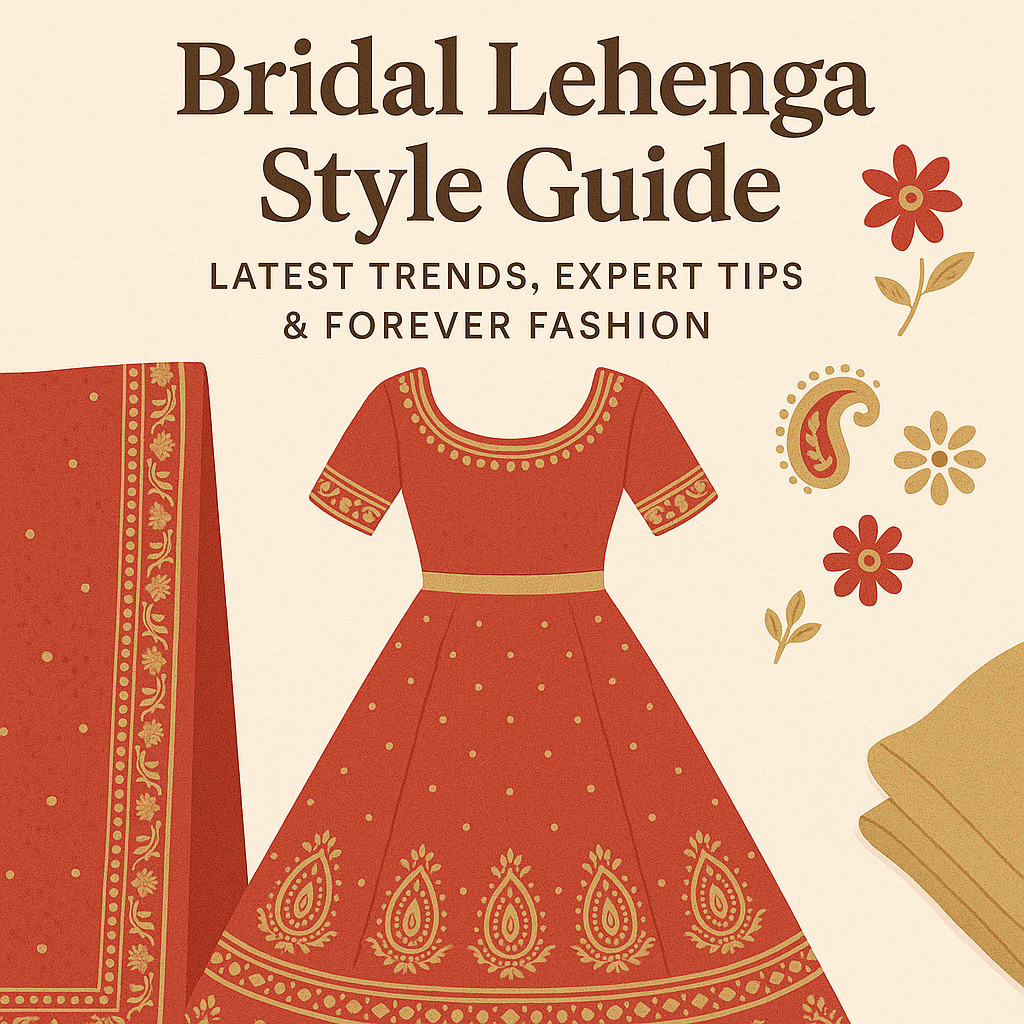
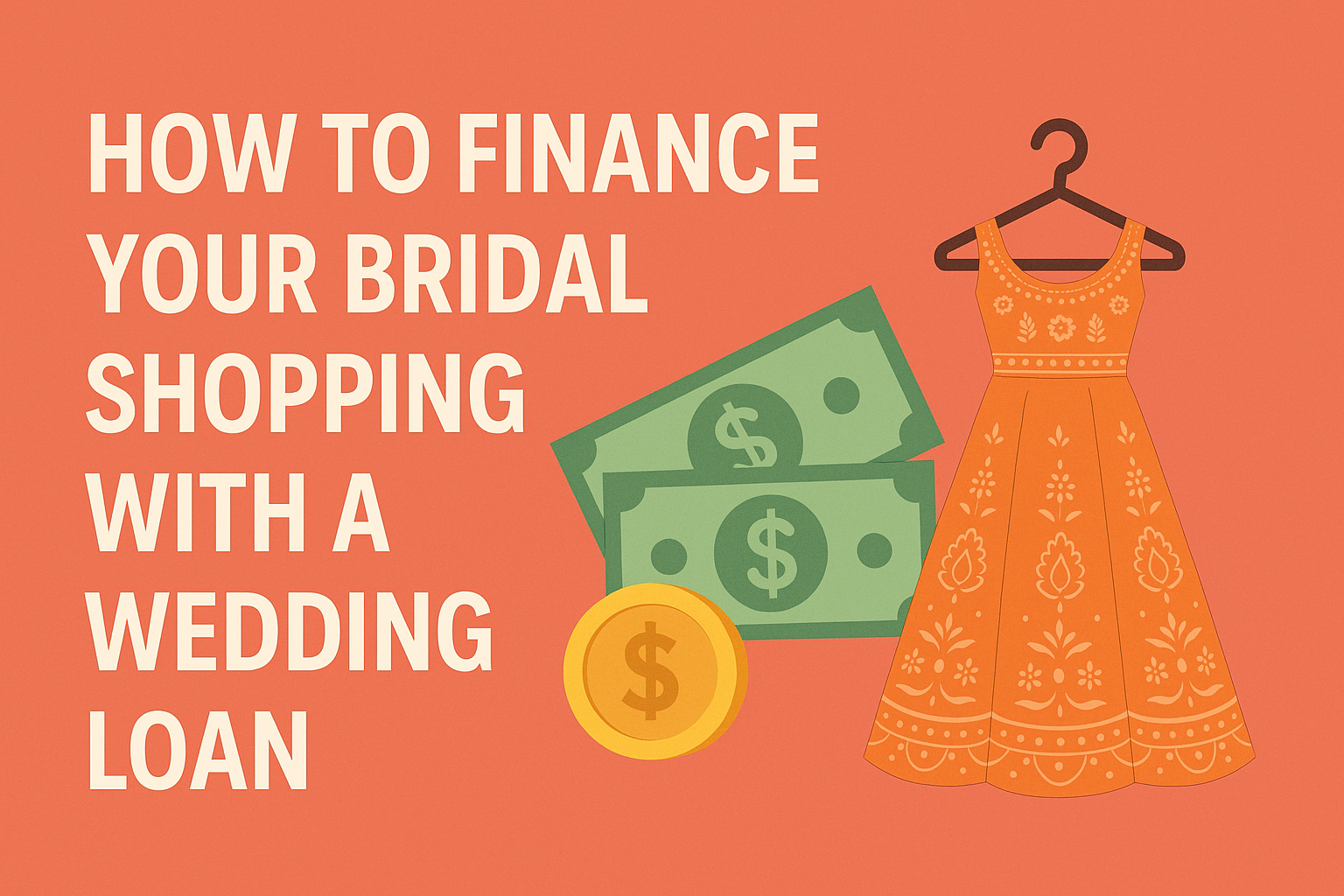
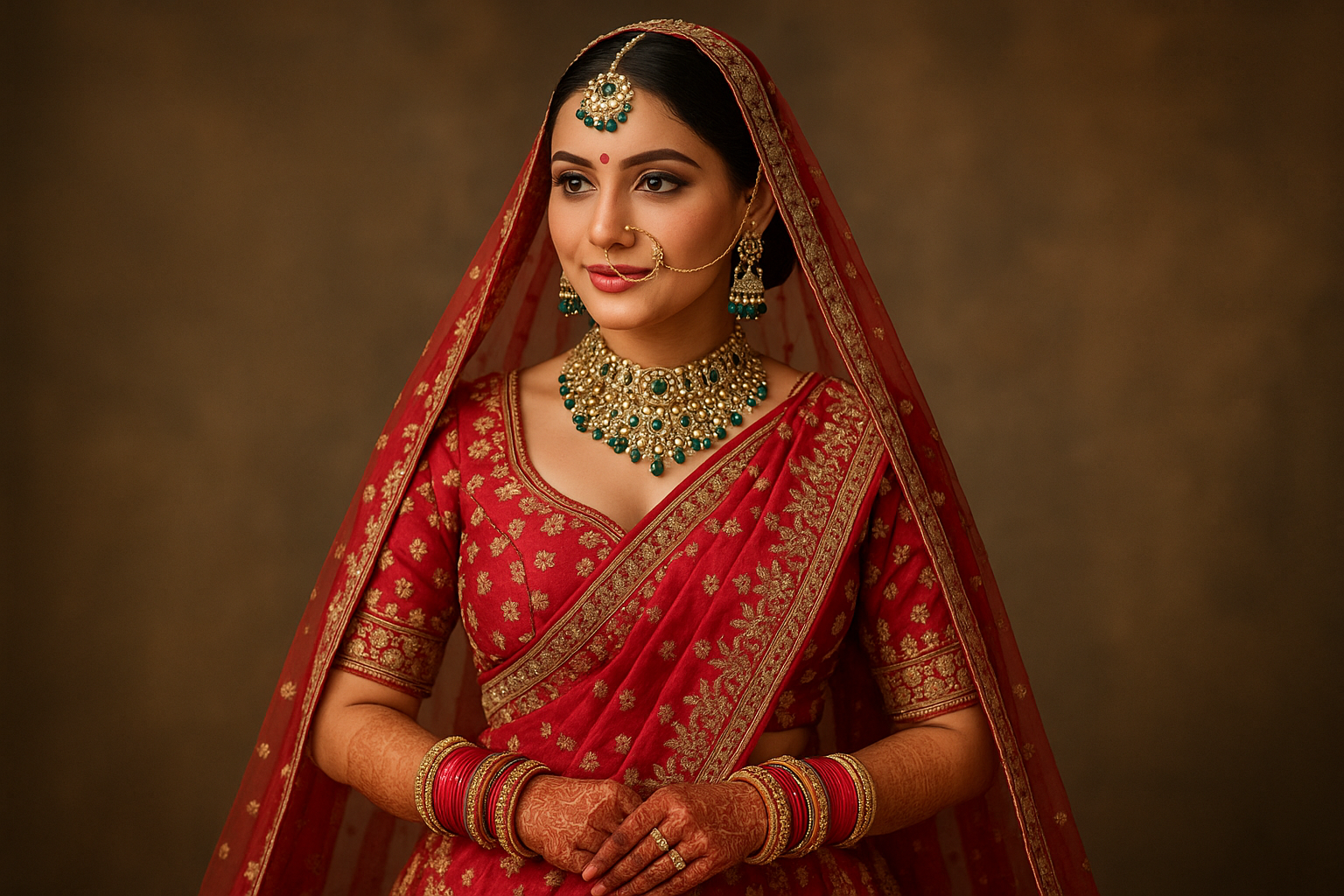
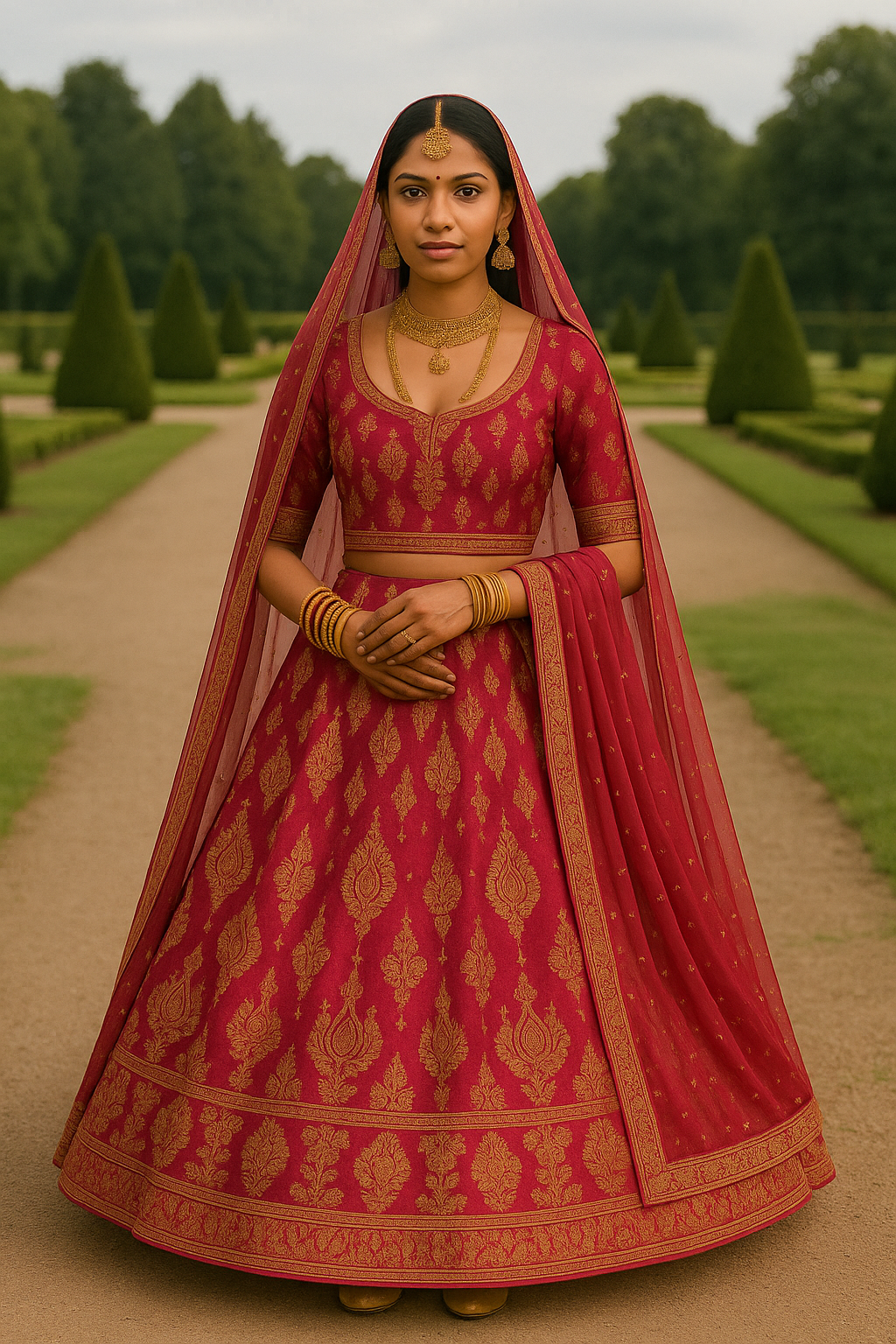










Post Comment